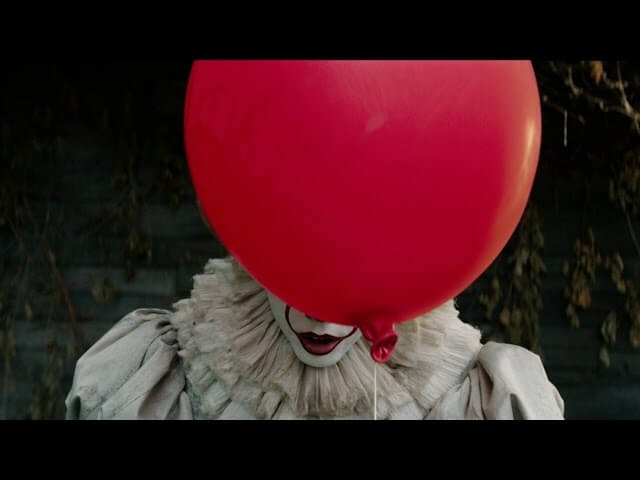Clowns were scary long before It, Stephen King says

This September marks the second attempt to translate Stephen King’s massive, culrophobia-inducing novel It into audio-visual form, with the first of two planned movies dramatizing the evil that awakens to stalk the children Derry, Maine every three decades or so. (The first, Tommy Lee Wallace’s miniseries starring Tim Curry, came out in 1990—27 years ago.) And professional clowns, who only recently were cracking their greasepaint complaining about American Horror Story’s creepy clown, are not happy about it. But King says these (literal) clowns can’t place the blame on his shoulders: He was hardly the first to point out that grown adults in brightly-colored onesies making balloon animals are unsettling.

 Keep scrolling for more great stories from A.V. Club.
Keep scrolling for more great stories from A.V. Club.